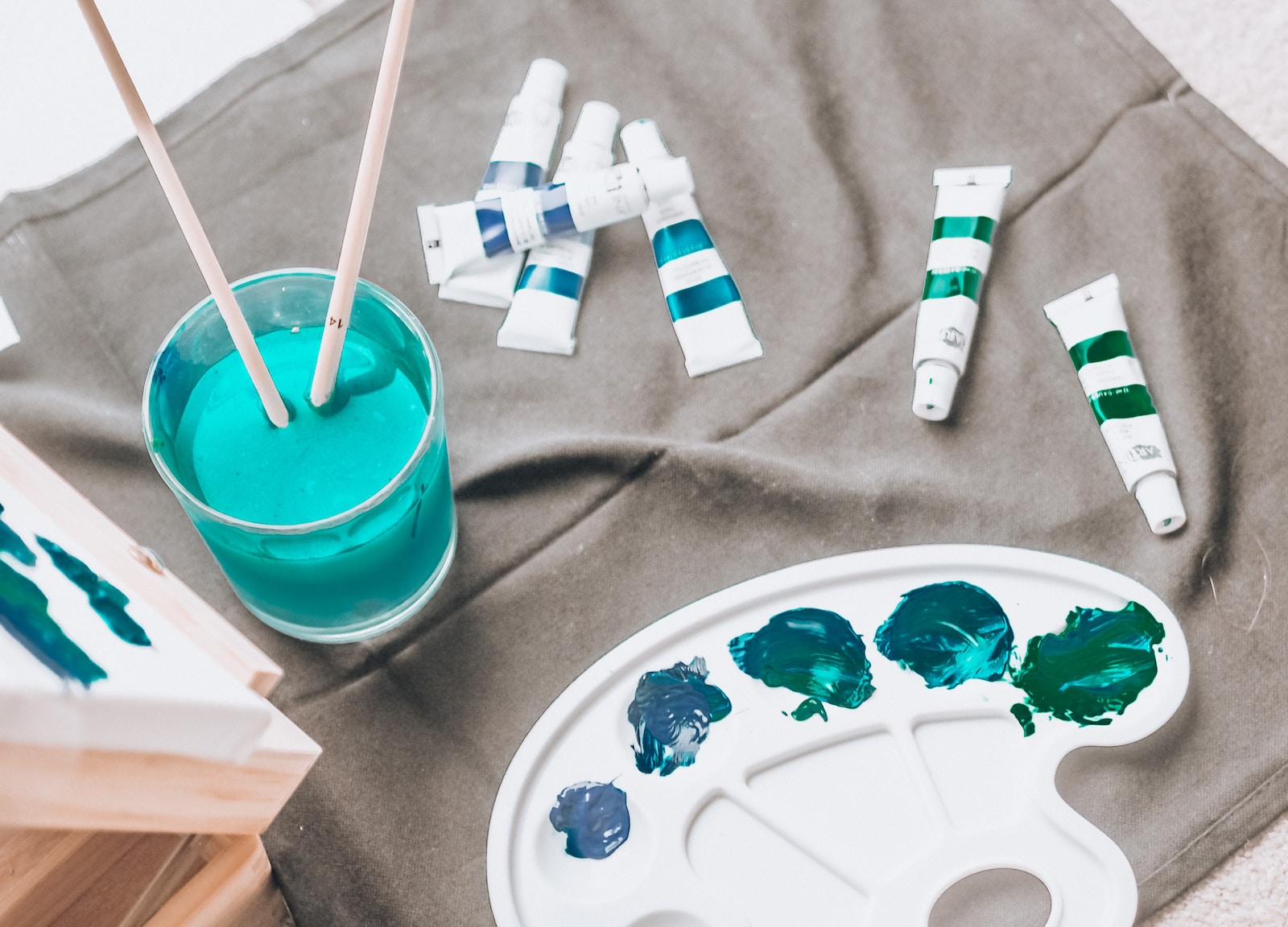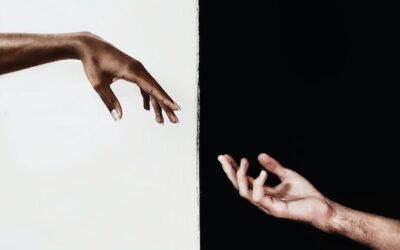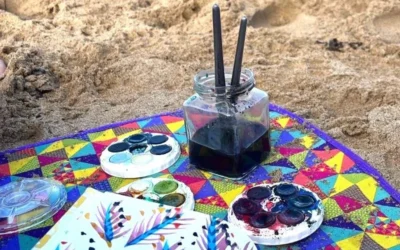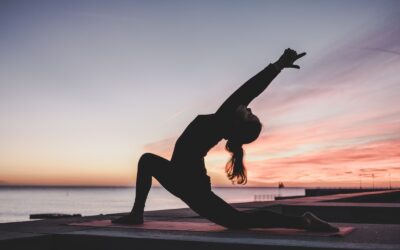Greetings from the Tearapy Post.
Art has always held a unique place in human culture, serving as a powerful expression of our thoughts, emotions, and experiences. Creating art is often seen as a form of liberation, a way to break free from the constraints of everyday life and let one’s imagination soar. However, behind the canvas or beneath the surface of the sculpture lies a complex truth: being an artist is a demanding and often challenging pursuit. In this blog post, we will explore why making art is a symbol of freedom while simultaneously acknowledging the difficulties that artists face in their creative journey. Additionally, we’ll delve into how art therapy offers a different avenue for emotional release and healing.
1. Art as Freedom
a. Self-Expression
Creating art allows individuals to communicate their thoughts, feelings, and perspectives in a way that words alone cannot. It is a medium through which artists can explore their inner worlds and share their unique stories with the world. In this sense, art is a profoundly liberating experience.
b. Unconstrained Creativity
Art knows no bounds. Whether it’s painting, sculpting, writing, or dancing, artists have the freedom to express themselves in countless ways. They can experiment, take risks, and push boundaries, all while pushing the envelope of their creative abilities.
c. Emotional Catharsis
For many artists, the act of creation serves as a therapeutic outlet. It provides a space to process complex emotions, heal from past traumas, or find solace in turbulent times. Art is a safe haven where one can channel their inner turmoil into something beautiful.
2. The Difficulties of Being an Artist
a. Financial Uncertainty
Perhaps the most glaring challenge for artists is the often unpredictable income. Many artists struggle to make ends meet, as their work may not always find a ready market. This financial instability can be emotionally and mentally draining.
b. Self-Doubt and Criticism
Artists are vulnerable to self-doubt and external criticism. The very act of creating something deeply personal and then exposing it to the world can be terrifying. Rejection and negative feedback are common, and they can take a toll on an artist’s self-esteem.
c. Balancing Passion and Practicality
Pursuing a career in the arts often involves finding a delicate balance between following one’s passion and meeting practical demands. Artists may have to take on side jobs or make compromises to support their creative endeavors.
d. Loneliness and Isolation
The creative process can be solitary, leading to feelings of loneliness and isolation. Artists may struggle to find like-minded peers or face periods of introspection that challenge their mental well-being.
3. The Paradox: Embracing Both Freedom and Difficulty
Art is, without a doubt, an embodiment of freedom and self-expression. It enables artists to explore the depths of their imagination and convey their innermost thoughts and emotions to the world. However, this freedom comes at a price, as artists navigate the challenging aspects of their craft.
Embracing this paradox is essential for both artists and those who appreciate art. Recognizing the difficulties artists face can foster greater empathy and support for their work. Artists, in turn, should find strength in the freedom their craft provides, drawing inspiration from the very challenges they encounter.
4. Art Therapy: A Different Avenue for Emotional Release
While artists grapple with the challenges of their creative journey, it’s important to note that art also serves as a powerful tool for healing and emotional release through art therapy. Art therapists, trained professionals who facilitate therapeutic art processes, harness the expressive nature of art to help individuals explore and address their emotional and psychological issues.
a. Non-Verbal Expression
Art therapy provides an alternative to traditional talk therapy, allowing individuals to express complex emotions and experiences non-verbally. This can be especially valuable for those who struggle to articulate their feelings through words alone.
b. Catharsis and Healing
Similar to the emotional catharsis experienced by artists, art therapy encourages clients to release pent-up emotions, process trauma, and find healing through creative expression. It can be particularly effective for individuals dealing with trauma, grief, or mental health challenges.
c. Self-Exploration and Self-Acceptance
Art therapy fosters self-exploration and self-acceptance, helping individuals gain insight into their inner world and develop a greater sense of self-awareness and self-esteem.
d. Connection and Communication
Art therapy can facilitate communication and connection in group settings, allowing participants to share their creations and stories, fostering empathy and support among peers.
Making art is a profound expression of freedom and self-discovery, allowing artists to transcend the boundaries of the ordinary world. However, the path of an artist is not without its challenges. Financial uncertainty, self-doubt, and isolation can be significant hurdles to overcome.
Despite these difficulties, artists continue to create, driven by an inner passion that propels them forward. It is this passion that serves as a testament to the enduring power of art as a form of freedom, offering a glimpse into the human spirit’s boundless capacity for creativity and resilience. Simultaneously, art therapy provides a different avenue for emotional release, offering healing and transformation to those who seek it through the transformative power of creativity.
Join us for our Weekly Open Studio each Friday starting October 2023 where we learn from the Master artists, such as Vincent Van Gogh, Yayoi Kusama and Frida Kahlo, through their journeys in mental health struggles and disability, as well as their creative techniques in art making. How we can learn from their life journeys on what to do and how to live more content lives.
Without fear or favour,
Su Mei




